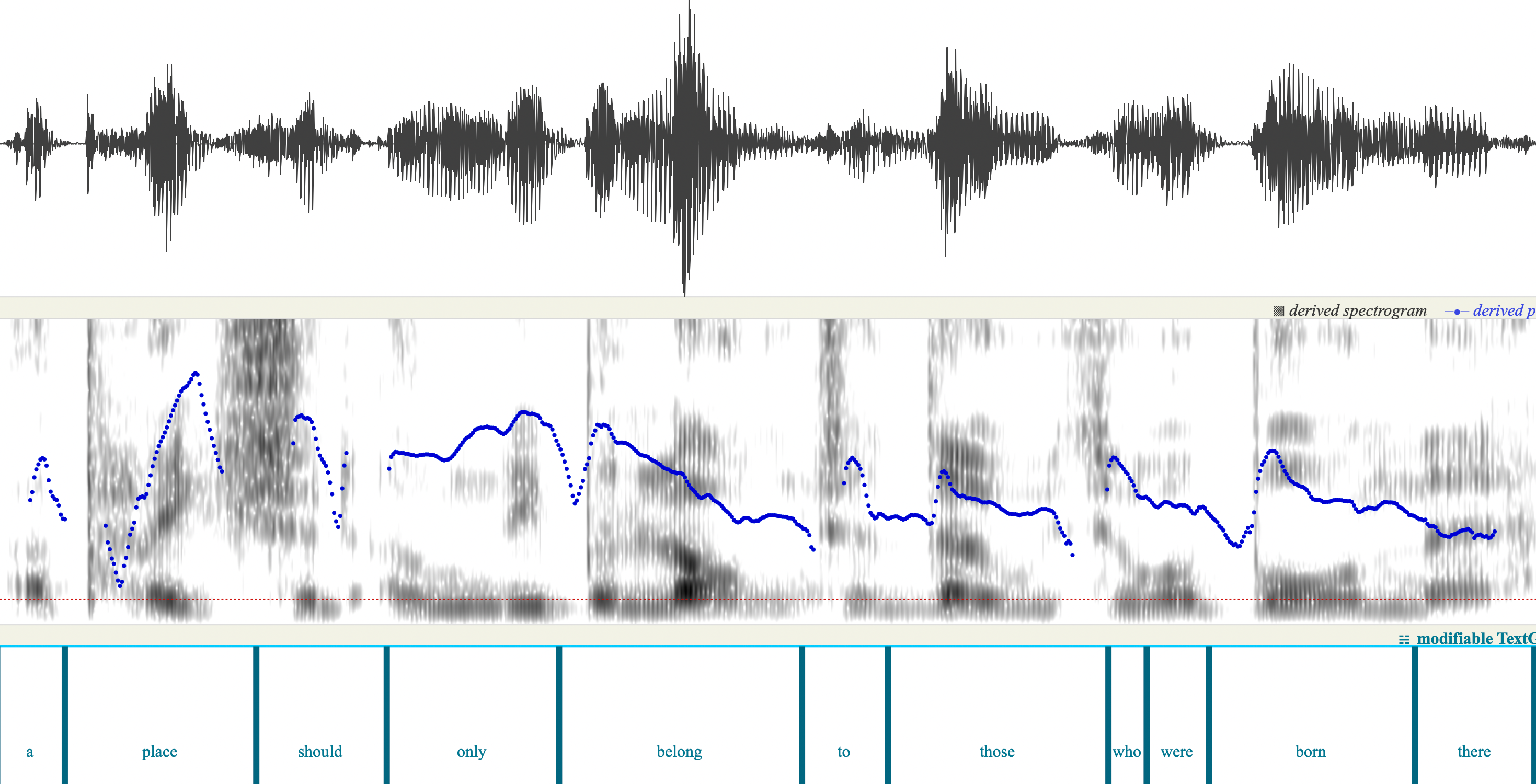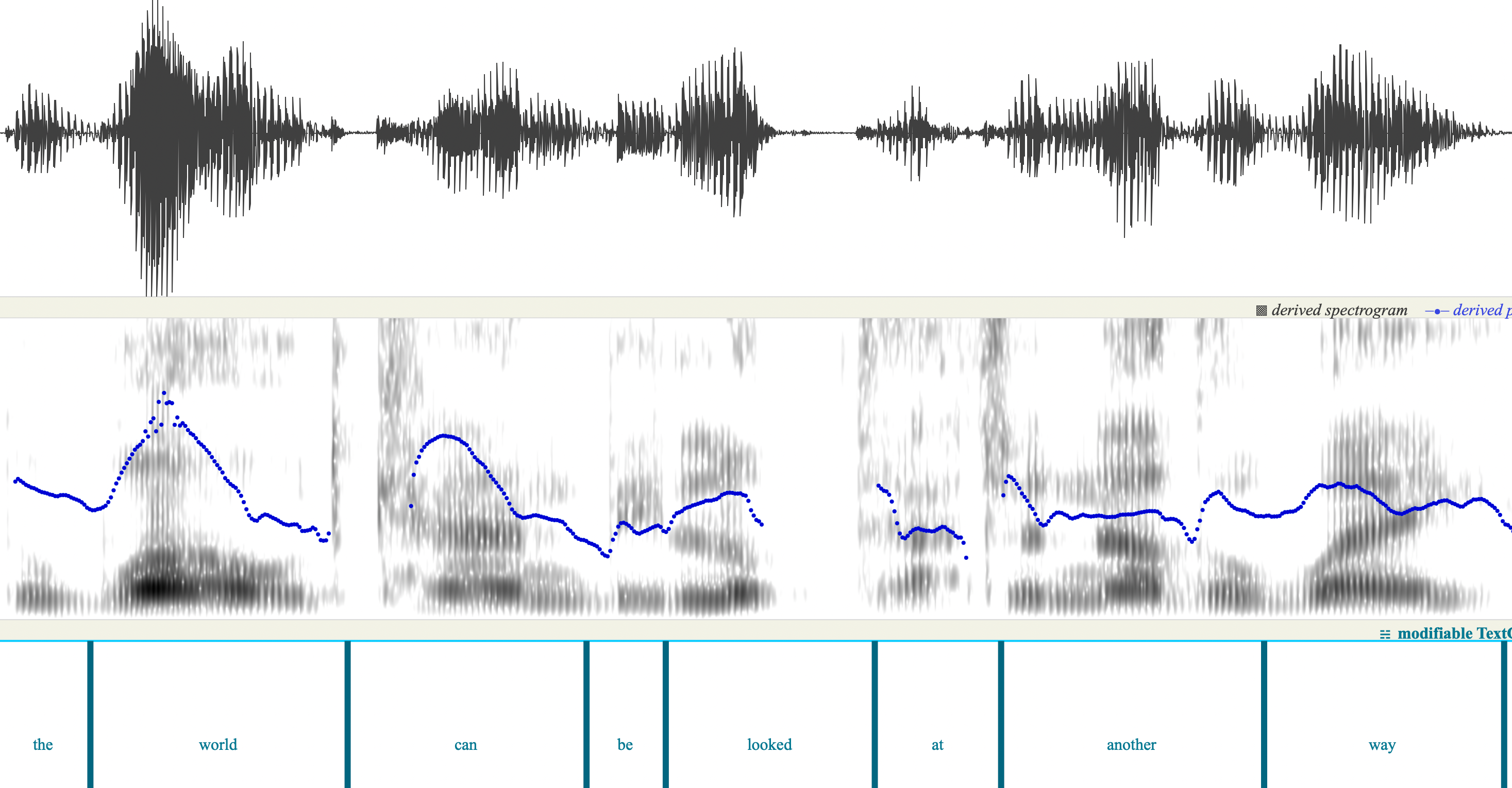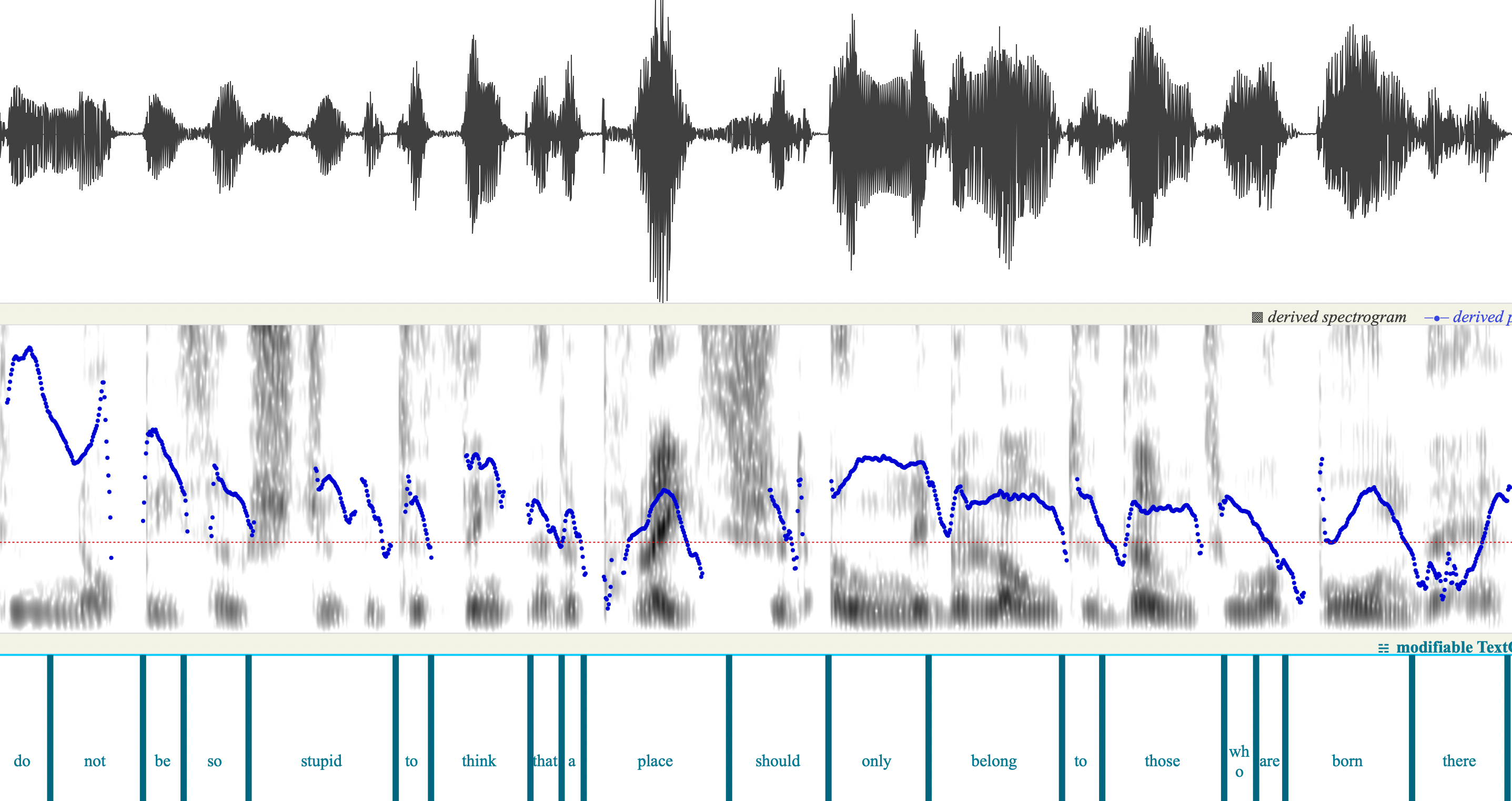Refugees
« previous post | next post »
Marilyn Singer is reponsible for the local (re-)invention of "Reverso Poetry: Writing Verse in Reverse":
A reverso is a poem with two halves. In a reverso, the second half reverses the lines from the first half, with changes only in punctuation and capitalization — and it has to say something completely different from the first half (otherwise it becomes what one blogger’s kid called a “same-o.”)
Wikipedia uses the term "Reversible poem", and tells us that
A reversible poem, also called a palindrome poem or a reverso poem, is a poem that can be read both forwards and backwards, with a different meaning in each direction, like this:
| Initial order | Reversed order | |
| The world is doomed | We can save the world | |
| I cannot believe that | I cannot believe that | |
| We can save the world | The world is doomed |
Reversible poems, called hui-wen shih poems, were a Classical Chinese artform. The most famous poet using this style was the 4th-century poet Su Hui, who wrote an untitled poem now called "Star Gauge" (Chinese: 璇璣圖; pinyin: xuán jī tú).This poem contains 841 characters in a square grid that can be read backwards, forwards, and diagonally, with new and sometimes contradictory meanings in each direction.[2] Reversible poems in Chinese may depend not only on the words themselves, but also on the tone to produce a sense of poetry. Beginning in the 1920s, punctuation (which is uncommon in Chinese) was sometimes added to clarify Chinese palindromic poems.
The focus of this post is Brian Bilston's Reverso Poem "Refugees".
The last three (of 24) lines, in top-down order:
A place should only belong to those who are born there
Do not be so stupid to think that
The world can be looked at another way
And in bottom-up order:
The world can be looked at another way
Do not be so stupid to think that
A place should only belong to those who are born there
In verbal as opposed to textual form, the differences will not be punctuation and capitalization, but rather timing, pitch, voice quality, and other aspects of prosodic interpretation (syntactic as well as rhetorical…).
Those last/first three lines, as read by Simon Clark:
Simon Clark's whole reading:
And for your convenience, here's the poem with lines in order from bottom to top:
The world can be looked at another way
Do not be so stupid to think that
A place should only belong to those who are born there
These are people just like us
It is not okay to say
Build a wall to keep them out
Instead let us
Share our countries
Share our homes
Share our food
They cannot
Go back to where they came from
We should make them
Welcome here
They are not
Cut-throats and thieves
With bombs up their sleeves
Layabouts and loungers
Chancers and scroungers
We need to see them for who they really are
Should life have dealt a different hand
These haggard faces could belong to you or me
So do not tell me
They have no need of our help




Cervantes said,
August 8, 2024 @ 9:40 am
Well, the trick is simple. Just use a negating phrase such as "I cannot believe that," "So do not tell me," "It is not okay to say," and put the contrasting assertions on opposite sides. Seems very easy to do, not sure it's really very illuminating.
This trick is inane.
It's inane to say
This trick is not inane.
Philip Taylor said,
August 8, 2024 @ 10:05 am
Brian Bilston’s poem is truly wonderful, Mark — thank you so much for bringing it to our attention.
Brian said,
August 8, 2024 @ 11:59 am
The Wikipedia article conflates the terms reversible poem and palindrome poem, but I would distinguish the two. A reversible poem defines two poems (presumably with contrasting meanings), whereas a palindrome poem forms a single poem. That is, the two parts are not meant to be considered separately, just as "A man, a plan, a c" does not form a complete sentence. J.A. Lindon's "Doppelgänger" is a well-known example of the latter.
J.W. Brewer said,
August 8, 2024 @ 2:31 pm
I think Cervantes has mastered the genre!
Ambarish Sridharanarayanan said,
August 8, 2024 @ 10:10 pm
I agree with Brian that we're conflating sentence-level (or line-level) reversibility with letter-level (or phoneme-level) reversibility. If we're talking about the latter, there are many palindromic poems in the Sanskrit corpus (termed vilōmakāvya-s). The 14th century rāmakr̥ṣṇavilōmakāvyam and the 17th century rāghavayādavīyam are well-known examples.
Conuly said,
August 9, 2024 @ 10:51 pm
Cervantes, that's rather like saying "Anybody can add a rhyme to 'roses are red, violets are blue", therefore all poetry is really easy and kinda dumb."